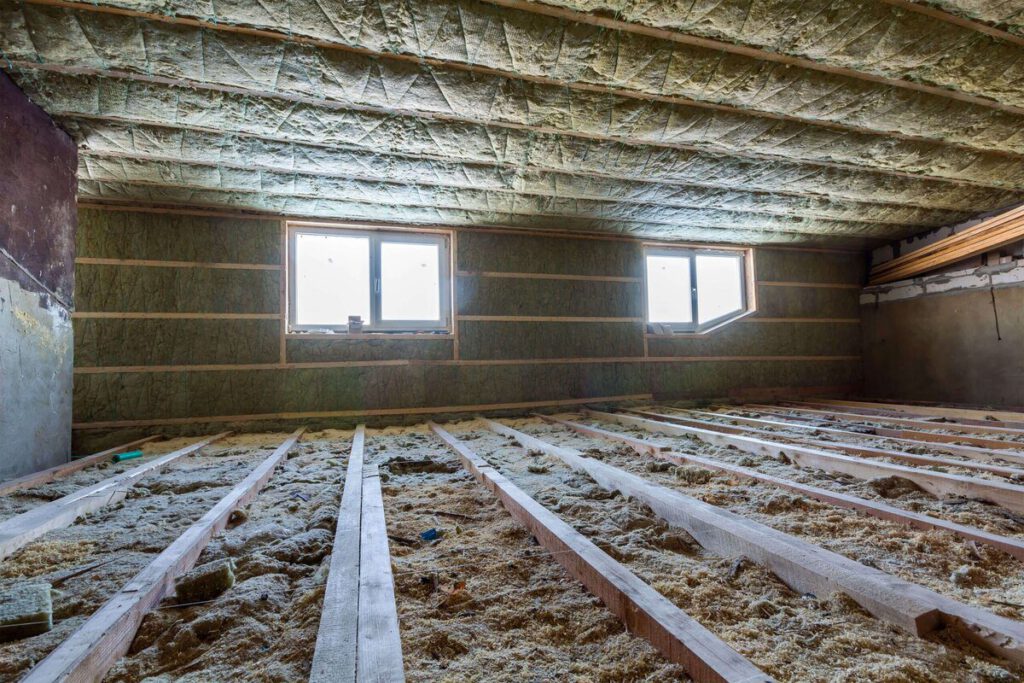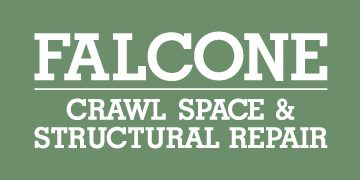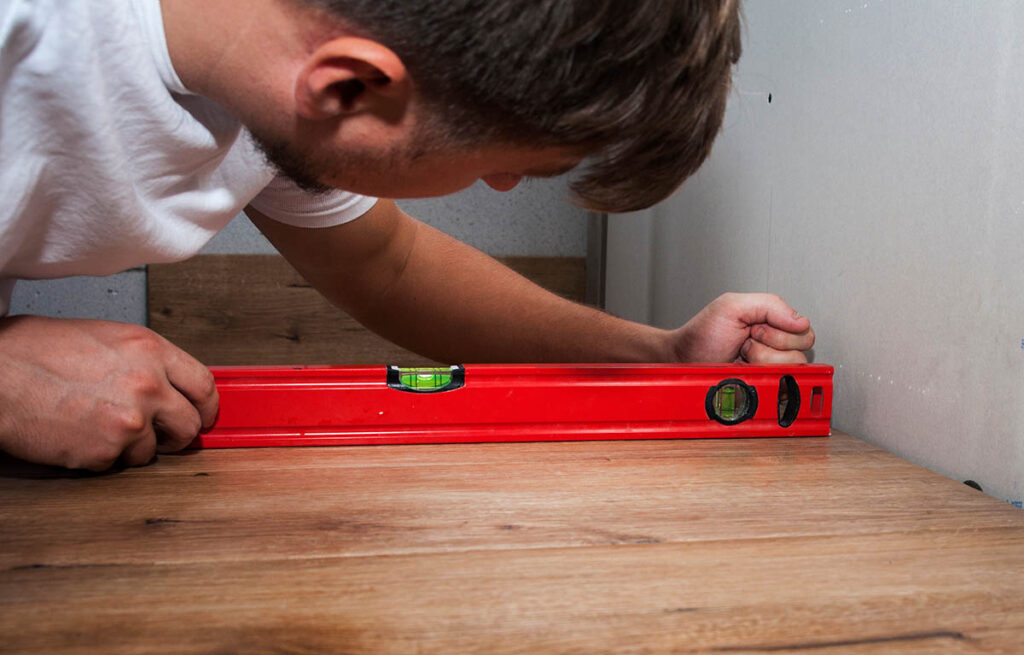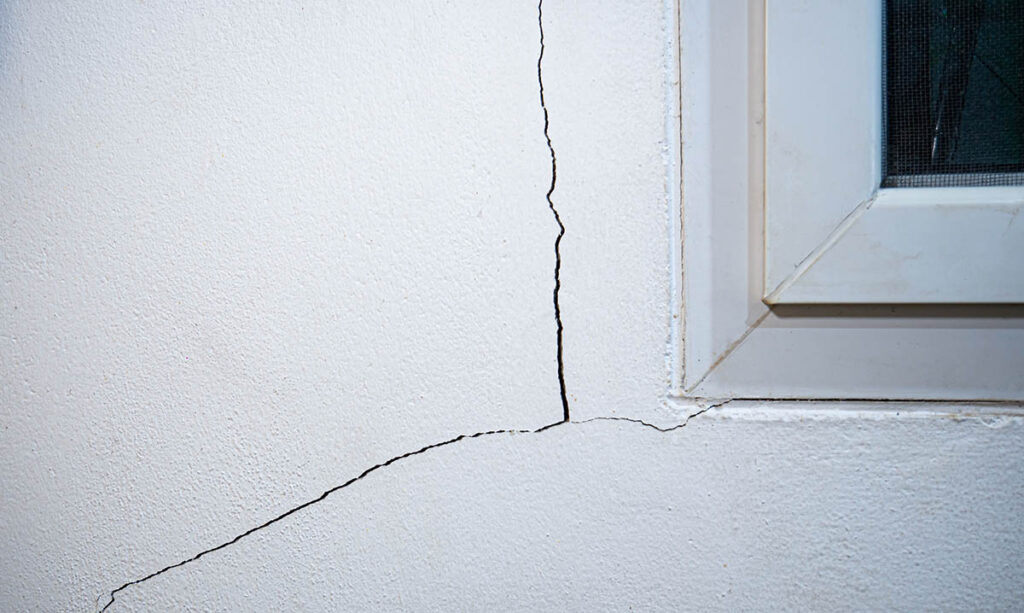The Different Types of Crawl Space and Basement Floor Insulation

Crawl space and basement floor insulation are important for energy conservation in your home. The utility bill savings are excellent, possibly ranging into hundreds of dollars or more.
One of the most overlooked areas of the home that contributes to energy loss is the crawl space area. Crawl spaces are the most common culprits for allowing in the summer humidity and cold winter air. Insulating your basement and crawl space areas is the best way to save on your utility costs.
What Are Some Traits to Look for in Basement Floor and Crawl Space Insulation?
Some of the most desirable traits to look for in this type of insulation include:
- Expansive to fill gaps and voids
- Flexible enough to install around utilities and obstacles
- Offers an effective water vapor barrier
- Deters mildew and mold growth
- Allows relatively quick installation
- High R-rating per inch
A contractor who specializes in crawl spaces will be the best choice for this type of insulation. After a crawl space inspection, you will have a better idea of what solutions are best for your crawl space.
What Can I Expect from the Different Types of Crawl Space and Basement Floor Insulation?
There are different types of crawl space and basement floor insulation to suit your home’s needs. Fiberglass batts are some of the most common types of insulation, having a lower cost and installing easily.
However, batts are not problem-free by any means. Compressed batts or batts installed with gaps can lead to air loss. When batts get wet, they can also contribute to mildew and mold growth.
Spray foam in and around basement floor joists is another popular way of preventing air loss. One of the downsides to his approach is cutting off access to plumbing and electrical lines that you may need to access.
Insulating the crawl space using encapsulation is often a better way to provide insulation without the disruption that comes with some other forms of insulation. Encapsulation is one of the most effective insulation methods overall.
What Should You Know About Crawl Space Encapsulation?
Crawl space encapsulation involves installing a water vapor barrier to make the space waterproof. In a crawl space, the barrier is usually installed on the flooring and the walls for the greatest protection.
Contractors who perform this work will remove debris and repair damaged areas. Removing existing moisture, as well as sealing off vents and openings to keep further moisture out. The vapor barrier can be installed after these steps have been taken.
What Are the Benefits of Insulating Your Crawl Space and Basement Floor?
One of the greatest advantages of insulting these areas is keeping destructive pests, including rodents, out. Many insects are wood-boring, and rodents may chew frames and wiring, leading to serious damage.
Your home will also have better air quality with both of these areas properly insulated. Less air will escape, leading to more even temperatures and reasonable utility bills.
The most important advantage is blocking moisture that leads to mildew, mold, and wood rot. Mildew and mold are health hazards, and wood rot leads to potentially expensive structural damage.
Insulating your crawl space and basement floors is never a bad move. You’ll find the benefits worth the time and money that you put in.
With North and South Carolina having humid summers, you’ll see the benefit of making this choice when paying your utility bills. Nothing can beat a home that’s consistently comfortable.
When you use Falcone Crawl Space, you’ll know that you’re using the right professionals for this job. If you’re ready to have your basement floor insulation or crawl space needs seen to, contact us today.


